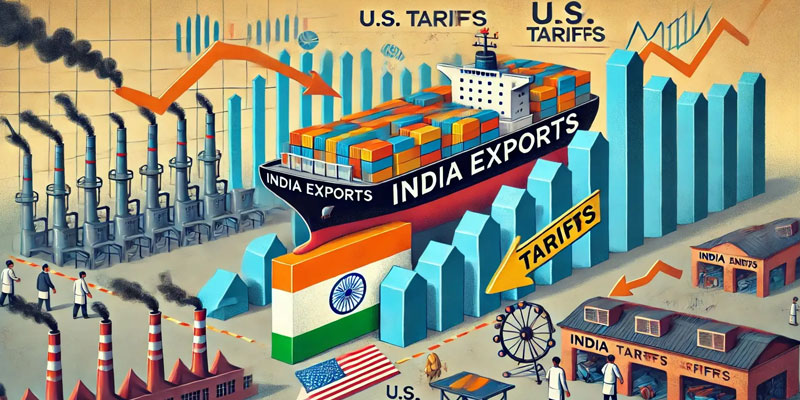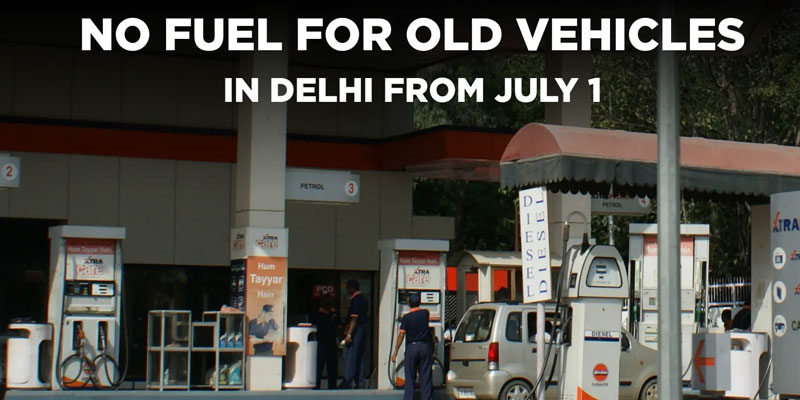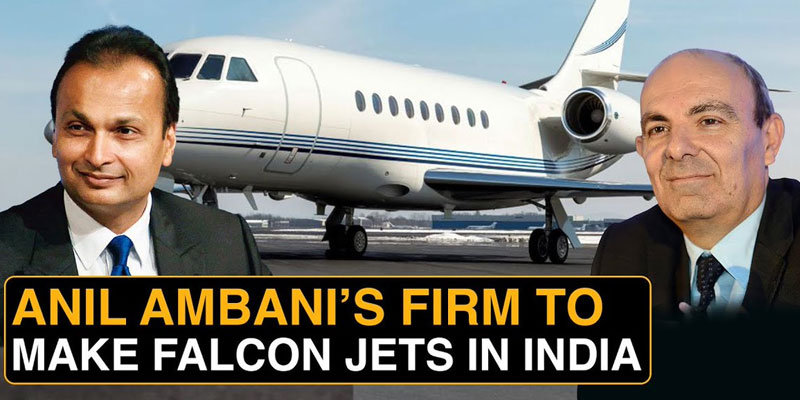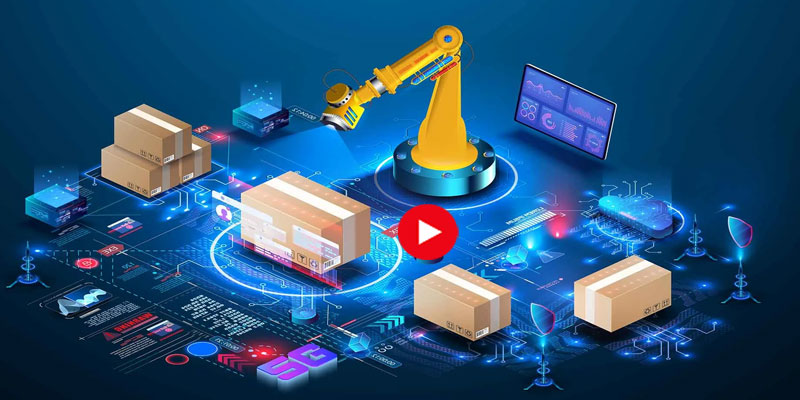A Fresh Blow in the Trade War
U.S. President Donald Trump—long branded the “tariff man”—is doubling down on his protectionist agenda. In a dramatic escalation, Trump announced that starting June 4, import tariffs on steel and aluminium will be doubled from 25% to 50%. The move, aimed at bolstering the U.S. domestic metals industry, has already triggered waves of concern among global trade partners—India among the worst hit.
Speaking to cheering steelworkers at a U.S. Steel plant in West Mifflin, Pennsylvania, Trump declared, “Nobody’s going to get around that,” positioning the tariff hike as a strategic measure to protect “American pride” and “Pittsburgh steel” from “shoddy steel from Shanghai.”
But as campaign rhetoric meets economic reality, the fallout could cost India over $4.5 billion in exports and derail delicate trade talks already underway between the two nations.
The 'Tariff Man' Strikes Again
Trump’s self-proclaimed nickname, the “tariff man,” is more than political branding—it’s a policy doctrine. Since returning to the presidency, Trump has pursued an aggressive, unilateral tariff strategy that has upended global supply chains and disrupted trade relationships.
His latest move falls under Section 232 of the U.S. Trade Expansion Act of 1962, a statute that allows tariffs on national security grounds. Trump’s rationale? American self-reliance in critical sectors.
But this justification—previously rejected by allies and challenged at the World Trade Organization (WTO)—has not convinced trade experts.
According to a Duke University economics professor, “Yes, it does help the domestic steel sector, but it’s hurting other sectors of the economy—particularly automotive and construction—that rely on cheaper steel and aluminium inputs.”
Another expert from the Pacific Research Institute added that the move is “economically inconsistent and illiterate… hiding under the guise of national security.”
India in the Crosshairs
India’s $4.56 billion steel and aluminium exports to the U.S. are now under direct threat. Data from the Global Trade Research Initiative (GTRI) highlights that:
· $587 million is from basic iron and steel.
· $3.1 billion is from value-added steel products.
· $860 million comes from aluminium-related items.
These products will now face 50% tariffs—making them uncompetitive in the U.S. market. For Indian firms already dealing with high input costs, rising freight rates, and geopolitical uncertainty, this is a potential knockout blow.
According to Ajay Sahai, Director General of the Federation of Indian Export Organisations (FIEO):
“This is extremely disturbing. Indian exporters and American importers will both suffer. It hits everyone involved.”
Steel-heavy sectors such as automotive, construction, and precision engineering are especially vulnerable. The Engineering Export Promotion Council (EEPC) estimates that engineering exports—around $5 billion annually to the U.S.—could decline sharply.
Pankaj Chadha, EEPC Chairman, emphasized: “This is not a bark, it’s a bite. Such unpredictability kills business confidence.”
Trade Negotiations on the Brink
India and the U.S. are in the middle of negotiating a Bilateral Trade Agreement (BTA). But this unilateral tariff spike, introduced without warning, has thrown a wrench into the discussions.
Chadha warns, “It complicates negotiations tremendously. It signals bad faith to raise duties during talks.”
India has previously signalled its intent to retaliate through the WTO, but Washington has refused to engage, claiming the tariffs are not safeguard measures and thus fall outside the WTO’s purview.
This standoff could freeze or derail negotiations that had made tentative progress in recent months on data sharing, pharmaceutical trade, and service-sector visas.
Global Repercussions and Domestic Backlash
The tariff move hasn’t gone unnoticed globally. The European Union has warned it is prepared to retaliate, labelling the hike “a move that undermines ongoing efforts to reach a negotiated solution.”
Canada, a top steel exporter to the U.S., has called it “a direct attack on Canadian industries and workers,” with calls for immediate countermeasures.
Markets, too, have reacted sharply. Indian steel stocks such as JSW Steel, Tata Steel, and SAIL plummeted, dragging down the Sensex by over 700 points and the Nifty by 200 points on June 2. The sentiment is clear: investors fear a prolonged and damaging trade battle with America.
The Politics Behind the Policy
Trump’s tariff play is as much about electoral politics as it is about economics. With critical swing states like Pennsylvania and Ohio dependent on traditional manufacturing and steel jobs, Trump is courting blue-collar voters by promising protection from foreign competition.
The “America First” message resonates, but it comes at a price—especially for allies. This policy also aims to appeal to Rust Belt workers hit by automation and offshoring, offering them a tangible enemy: cheap foreign steel.
But the logic is flawed. As analysts point out, for every job protected in steel, multiple jobs could be lost in automotive, aerospace, and construction due to rising input costs.
The Real Cost to India
India now finds itself at a crucial inflection point. The U.S. is one of India’s largest trading partners, and New Delhi has, until now, carefully walked a diplomatic tightrope between asserting its economic interests and keeping relations with Washington warm.
But repeated tariff salvos, the loss of Generalized System of Preferences (GSP) benefits under Trump’s earlier presidency, and a stalled BTA process are testing India’s patience.
India must now decide whether to:
· Retaliate by imposing counter-tariffs on key U.S. imports like agricultural products, motorcycles, or tech equipment.
· Seek WTO arbitration, which can take years but reinforces international rule-based order.
· Accelerate diversification, boosting exports to alternative markets such as the EU, ASEAN, and Africa.
· Strengthen domestic resilience, reducing dependence on volatile partners.
A Strategic Reset Ahead
Trump’s tariff surge is not just a policy decision—it’s a message: economic nationalism is back, and it’s unapologetic. For India, the immediate impact is clear—billions in export losses, potential trade retaliation, and a cloud over long-term negotiations with a vital trade partner.
But the bigger takeaway is this: India can no longer afford to treat the U.S. as a stable, predictable trade ally. It must proactively hedge its trade bets, invest in self-reliance in value-added manufacturing, and diversify its export base. Trade strategy must now be rooted in agility, resilience, and calculated diplomacy.
In this new world order, where tariffs are wielded like weapons, countries that fail to adapt risk economic erosion. And for India, the time to act is now.
(With agency inputs)






















